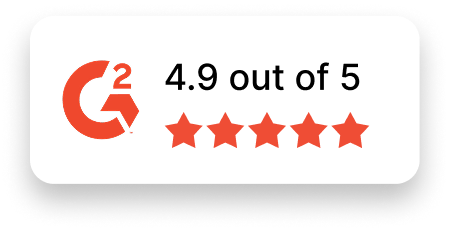Operating Systems Engineer Job Description Template
Use this template to craft job descriptions for hiring Operating Systems Engineers. Tailor it to reflect your organization’s specific goals and technical requirements.
Job Title: Operating Systems Engineer
Location: [Specify Location or Remote]
Job Type: [Full-time/Part-time/Contract]
About the Role
We are seeking a skilled and motivated Operating Systems Engineer to design, develop, and optimize operating systems that drive the performance and reliability of our computing infrastructure. You will collaborate closely with cross-functional teams to ensure systems meet performance, security, and scalability goals.
If you’re passionate about OS-level problem-solving, building efficient architectures, and working on innovative projects, this is your opportunity to make a significant impact in this critical field.
Responsibilities
- Design, develop, and maintain operating system components, including kernel, drivers, and system-level libraries.
- Optimize system performance, resource management, and scalability across diverse hardware platforms.
- Develop and debug OS-related issues, ensuring seamless integration with hardware and applications.
- Collaborate with software, hardware, and security teams to implement robust system functionality.
- Research emerging technologies and trends in operating systems to recommend advancements.
- Analyze system performance metrics, identifying and implementing improvements as needed.
- Ensure compliance with security and reliability standards across all system components.
- Provide support for system updates, patches, and troubleshooting during production.
- Develop and maintain system documentation, including architectural design and process workflows.
- Test and validate OS builds, ensuring they meet quality and performance benchmarks.
Required Skills & Experience
- Bachelor’s or Master’s degree in Computer Science, Software Engineering, or a related field (or equivalent experience).
- Comprehensive knowledge of operating systems concepts, including memory management, file systems, and concurrency.
- Experience developing and debugging kernel-level functionality or device drivers.
- Proficiency with programming languages like C, C++, and scripting tools like Python or Bash.
- Hands-on experience with operating system internals such as Linux, Windows, or Unix.
- Strong understanding of networking protocols, virtualization, and systems architecture.
- Familiarity with performance profiling tools and debugging methodologies.
- Solid understanding of cybersecurity principles and practices in the context of operating systems.
- Exceptional problem-solving skills and attention to detail.
- Effective communication and teamwork abilities, with a drive for cross-functional collaboration.
Nice-to-Have Skills
- Experience with real-time operating systems (RTOS) and embedded systems.
- Knowledge of containerization and virtualization platforms such as Docker, Kubernetes, or VMware.
- Familiarity with distributed computing systems and cloud-based environments.
- Contributions to open-source operating system projects.
- Experience with high-performance computing (HPC) environments.
- Background in automation frameworks and configuration management tools.
- Industry certifications such as Red Hat Certified Engineer (RHCE) or Microsoft Certified Solutions Expert (MCSE).
Why Join Us?
- Innovative Challenges: Work on complex systems-level engineering that drives cutting-edge performance.
- Collaborative Environment: Partner with a dedicated and diverse team that values your contributions.
- Growth Opportunities: Develop your skills through advanced training, certifications, and leadership development.
- Flexible Work Options: Enjoy hybrid or remote models to maintain your work-life balance.
- Inclusive Culture: Be part of an organization committed to creating an environment where everyone feels valued, included, and empowered to excel.
Apply Now
Are you ready to design and optimize operating systems that power the future of our technology? Join [Your Company Name] as an Operating Systems Engineer and make a meaningful impact on systems that support innovation. Apply today!

